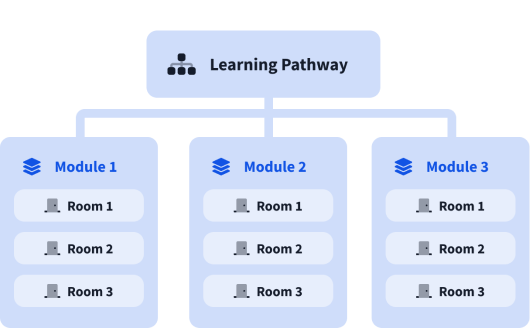Network Security

Learn the basics of passive and active network reconnaissance. Understand how common protocols work and their attack vectors.
In this module, we will learn about the different tools and online services for passive reconnaissance and how to leverage various basic programs for active reconnaissance. We will cover Nmap (a network scanning tool) in detail, including discovering live hosts, advanced port-scanning, OS and service version detection, running Nmap scripts and saving scan results. Finally, we will dive into the commonly found protocols to better understand their inner workings and the potential attacks and mitigations.

0%
Passive Reconnaissance
Learn about the essential tools for passive reconnaissance, such as whois, nslookup, and dig.
0%
Active Reconnaissance
Learn how to use simple tools such as traceroute, ping, telnet, and a web browser to gather information.
0%
Nmap Live Host Discovery
Learn how to use Nmap to discover live hosts using ARP scan, ICMP scan, and TCP/UDP ping scan.
0%
Nmap Basic Port Scans
Learn in-depth how nmap TCP connect scan, TCP SYN port scan, and UDP port scan work.
0%
Nmap Advanced Port Scans
Learn advanced techniques such as null, FIN, Xmas, and idle (zombie) scans, spoofing, in addition to FW and IDS evasion.
0%
Nmap Post Port Scans
Learn how to leverage Nmap for service and OS detection, use Nmap Scripting Engine (NSE), and save the results.
0%
Protocols and Servers
Learn about common protocols such as HTTP, FTP, POP3, SMTP and IMAP, along with related insecurities.
0%
Protocols and Servers 2
Learn about attacks against passwords and cleartext traffic; explore options for mitigation via SSH and SSL/TLS.
0%
Net Sec Challenge
Practice the skills you have learned in the Network Security module.
What are modules?
A learning pathway is made up of modules, and a module is made of bite-sized rooms (think of a room like a mini security lab).




